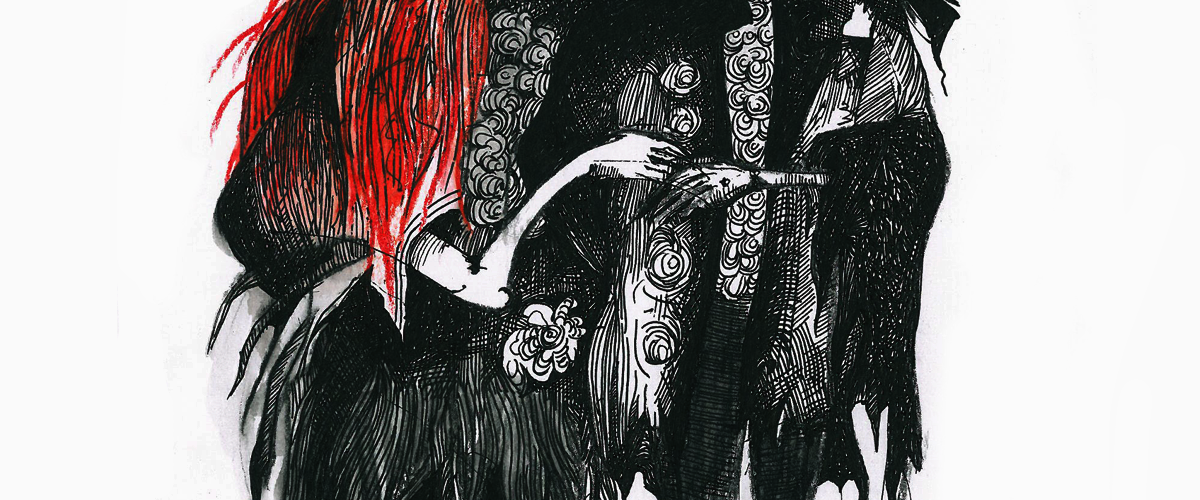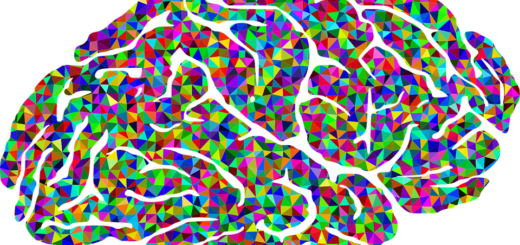Zombie Science – A pint with the living dead

This year’s Glasgow Science Festival opened with a hilarious blend of comedy and science, centered on zombies, one of the most prevalent fictional demographics of today’s media. Writer, comedian and theoretical zombiologist Dr. Austin is by now renowned for his unique style of communicating science to his unsuspecting audience. As head of the Zombie Institute for Theoretical Studies, he has made remarkable progress in engaging people of all ages with the anatomy and physiology of the brain, through his series of public lectures called Zombie Science. Thursday’s event in the Admiral Bar was no different and, as it turned out, made us all a bit more informed about and more sympathetic towards the walking dead.
It’s safe to say we’ve all heard of zombies, but you might be wondering where this concept came to life in the first place. The term “zombie” has its origins in Haitian folklore (Haitian French: zombi) and defines a corpse brought back to life through necromancy, that lives on under the power of the person who animated them. In modern culture, however, zombies tend to be less tools of magic and more victims of a violent virus, which spreads incredibly fast. So what does this have to do with real science? Evidently, taking a closer look at what makes zombies behave the way they do can give us substantial insight into the inner workings of our own brains.
In its first part, the lecture explained the structure and functionality of the zombie brain, with a focus on how impairment of certain areas can cause zombie-like behavior. For instance, the staggering walk often exhibited in zombies may be caused by severe damage to the cerebellum, the area of the brain responsible for movement. Similarly, their aggressive behavior might be a consequence of a malfunctioning amygdala, while the incoherent zombie moans can be brought on by damage to Broca’s area, which is involved in speech. But surely this is all hypothetical and we’re safe, right? Think again. A nightly walk along Sauchiehall Street will surely showcase similar behavior in numerous individuals. More seriously though, many known pathogens can cause diseases that resemble Zombieism, including rabies and encephalitis. The rabies virus, for example, is transmitted through bites and wreaks havoc with the central nervous system, causing aggression, delirium, paralysis and eventually death.
The second part of the lecture explored ways to rehabilitate zombies and manage a disease outbreak. The brain can be quite tricky to treat, so this might prove to be quite a challenging endeavour. One option is to use a “brain pacemaker”, which is meant to regulate brain abnormalities through electrical impulses. Physical and speech therapy can also be used to turn zombies into once again productive members of society, rewiring their brains through a process called neuroplasticity. However, as Dr. Austin pointed out, until we are ready to heal the zombie community, we had better just steer clear of them or defeat them through alternative methods: running, climbing stairs, or challenging them to a dance-off.
The show was dotted with a generous amount of practical demonstrations meant to illustrate the various functions of the brain. One particularly amusing demonstration (at least for those of us not directly involved in it) involved one volunteer wearing “zombie goggles” specifically designed to bend light and thus distort perceived space. This made it difficult for the participant to hit a given target. After a while, however, the volunteer’s cerebellum adapted to the new light conditions and the target was being hit with increasing accuracy, which proves how flexible and eager to adapt our brains can be.
The end of the night was marked by a series of questions from the public, answered by a brilliantly funny panel of biologists: if a pregnant woman was bitten by a zombie, would the child be turned into a zombie? Would they eat the mother from the inside? Can zombies twerk? Do zombies dream of zombie sheep? How far can you go with a zombie you’ve fallen in love with? And, most of all, if there was a zombie apocalypse in Glasgow, would anyone even notice?
Zombie Science – A pint with the living dead by Teodora Aldea was copy edited by Charlie Stamenova.










